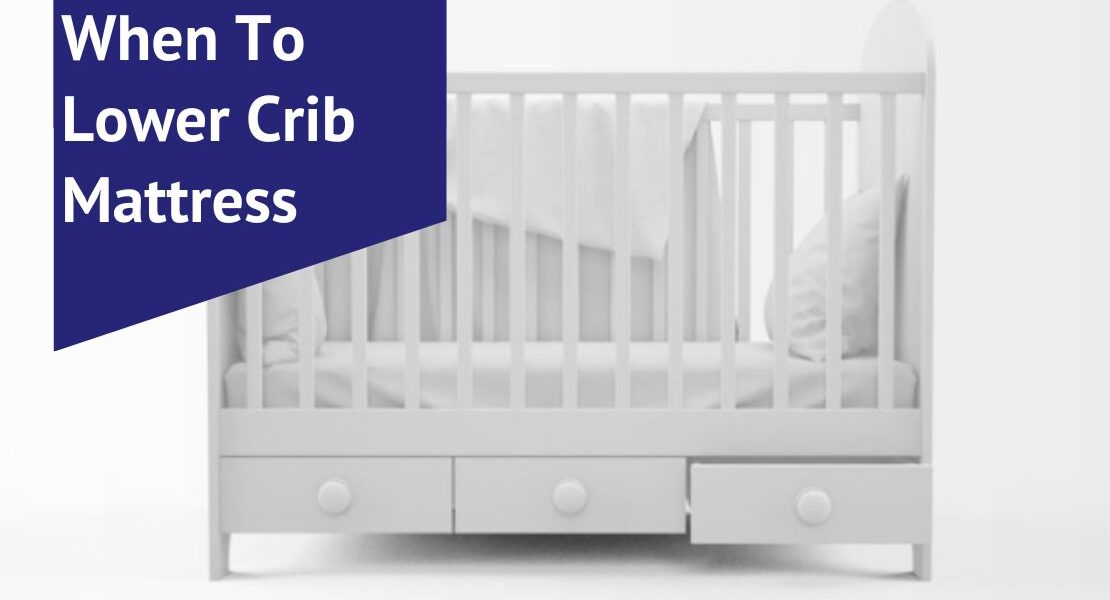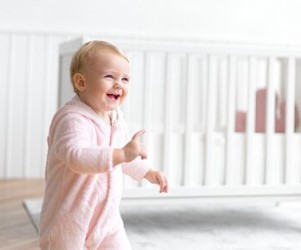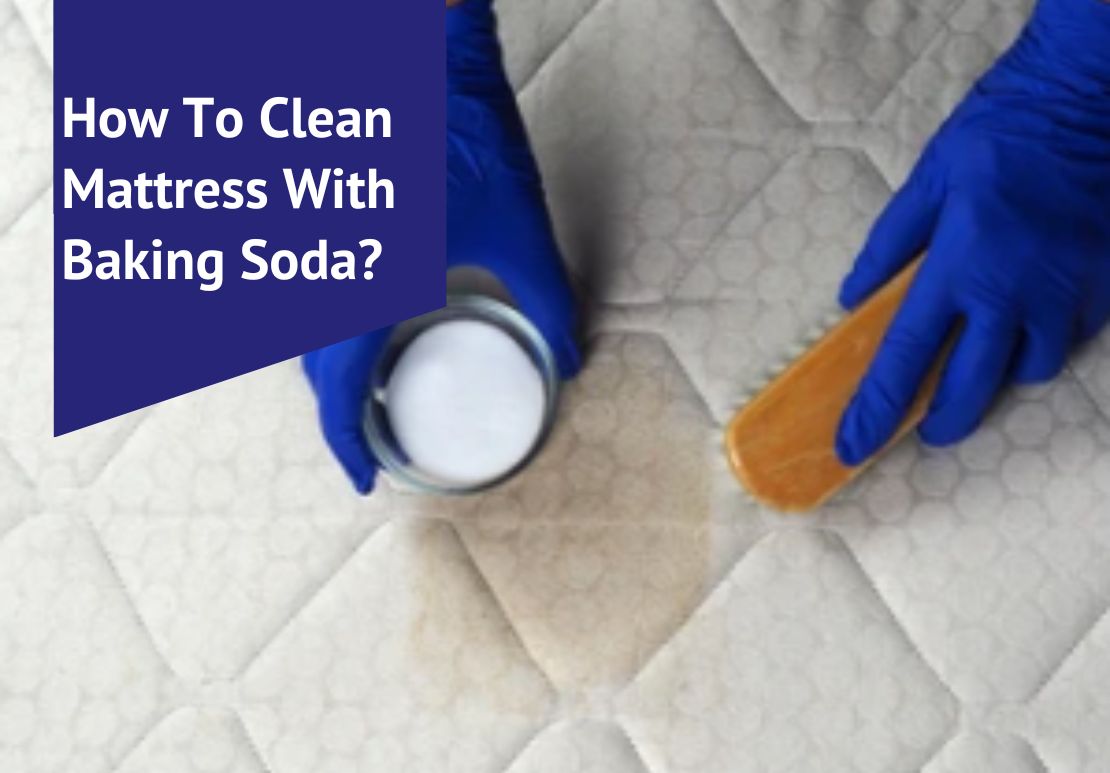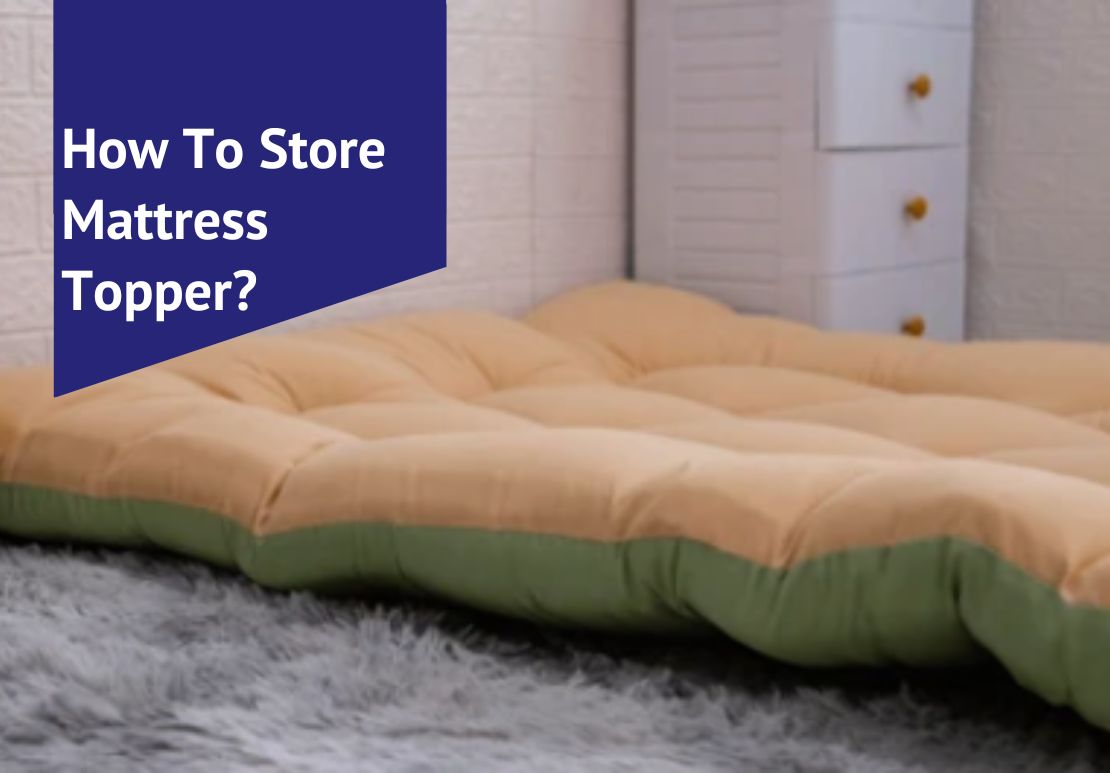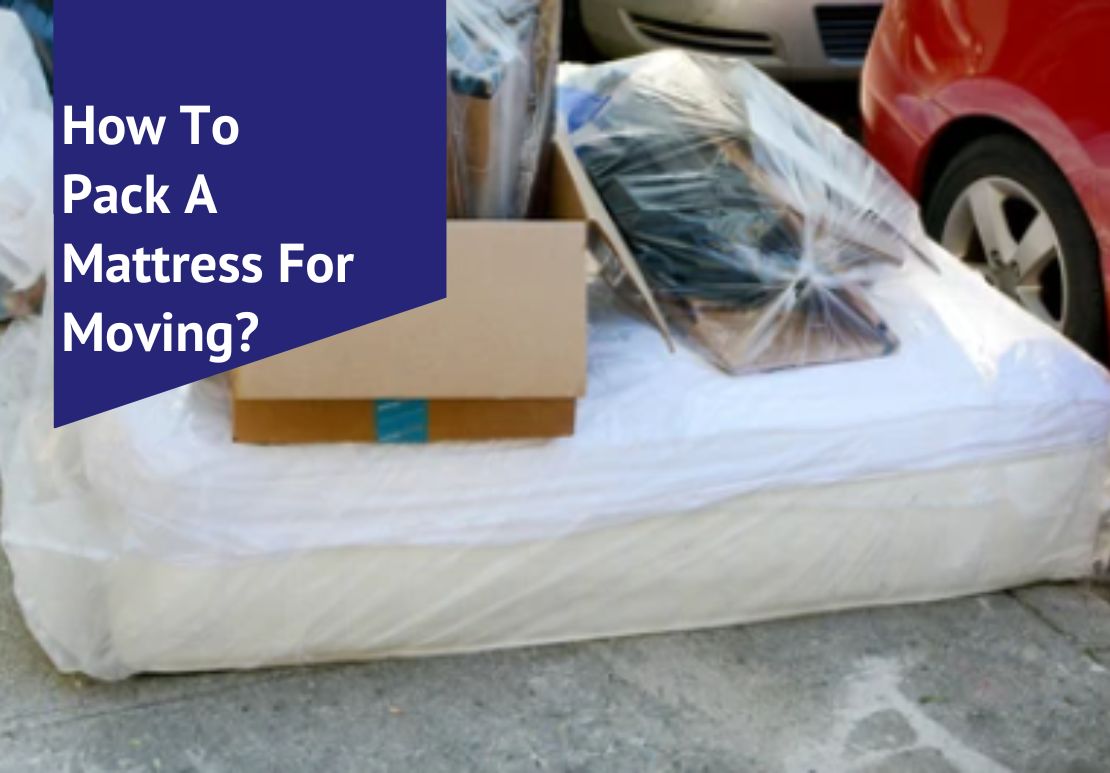Determining the perfect time to lower a baby’s crib mattress can leave many parents scratching their heads in uncertainty. As babies grow and reach new milestones, the height of their sleeping space must evolve with them for optimal safety.
This article will delve into the key stages of a child’s development that dictate when it’s appropriate to adjust your crib setup for their well-being. Lower today, secure tomorrow—read on to keep your little one safe at every turn.
Table of Contents
Key Takeaways – To know when to lower crib mattresses for the toddler bed
- Newborns should have the crib mattress at the highest level until about five months old, to prevent falls and allow easy access for caregivers.
- Lower the crib mattress to a middle setting when infants are between 5 and 8 months old or show signs of sitting up unassisted to keep them safe.
- For older babies and toddlers who can sit or stand, adjust the crib mattress to its lowest level, typically around 9 to 12 months, for maximum safety against climbing out. Also, doing this will help you ensure the crib’s safety.
- Always ensure that cribs are correctly assembled with secure hardware according to manufacturer instructions when adjusting mattress heights.
- Choose a crib with adjustable mattress settings to easily adapt to the toddler bed as your baby grows and reaches new developmental milestones.
How high should a crib mattress be for a newborn?
Wondering when to lower the crib mattress? Remember, the crib mattress should be positioned at the highest setting available for a newborn. This setup allows parents to reach their infant easily while minimizing the risk of falls, as newborns typically cannot roll over or push themselves up.
Keeping them secure and within easy reach is paramount during these early months when they are most vulnerable.
As babies grow and become more mobile, adjusting the crib mattress height is vital in response to their development stages. The American Academy of Pediatrics suggests that once an infant shows signs of rolling over or pushing up on hands and knees, usually before five months old, caregivers need to lower the mattress for safety reasons.
Moving seamlessly into “What age do you lower the crib mattress?” provides a clear guideline for ensuring your baby’s sleep environment evolves with them.
What age do you lower the crib mattress?
People often stumble upon the question, ‘When is the right time to lower the mattress?’ To answer this question, you must know that newborns should have the crib mattress at its highest level for safety. As babies grow and become more mobile, lowering the mattress to the appropriate level ensures they can’t climb or fall out of the crib.
Newborns until 5 months old – highest mattress level
Keeping your baby’s crib mattress in the highest setting is recommended for newborns up to five months old. At this early stage, babies are generally not yet rolling or pushing themselves into a sitting position.
Setting the mattress high makes it easier for parents to reach their little ones without bending too far over the railing, which can be a real back-saver during those frequent late-night visits.
As your baby grows and starts showing signs of increased mobility, such as rolling over, it’s important to watch for these milestones. A higher mattress level ensures that they remain safely within the confines of their crib since they haven’t developed the skills to climb or stand up just yet.
Safety is paramount; thus, crib height adjustments must align with each phase of your infant’s development.
Infants (5 to 8 months old) – middle mattress level
As infants develop new skills around 5 to 8 months old, such as sitting up unassisted, it’s time for parents to adjust the crib mattress. The middle setting is ideal to keep your active baby safe during this stage.
This height helps prevent little adventurers from climbing over the sides while allowing them some freedom of movement.
Adjusting the crib mattress to a lower setting is important for preventing tumbles and supporting their curiosity and mobility. Make this change at the first signs of your infant being able to pull themselves into a seated position or actively trying to sit up on their own.
It ensures that sleep and playtime in the crib remain secure environments as your baby grows and explores.

Older babies & toddlers – lowest mattress level
To ensure the safety of older babies and toddlers, it is crucial to lower the crib mattress to the lowest level once they can sit up or stand independently. Typically, between 9 and 12 months old, babies start using the crib rails to support standing.
At this stage, lowering the mattress prevents potential accidents from climbing or falling out of the crib. Following guidelines from reputable sources like the American Academy of Pediatrics (AAP) can help parents determine when to adjust the crib mattress height according to their child’s development.
Adjustable cribs provide flexibility with two or three-height settings, allowing homeowners to adapt as their baby grows and becomes more mobile. This feature ensures a secure sleep environment while offering peace of mind for parents during this active phase in their child’s life.
How to Lower a Crib Mattress Safely
When lowering a crib mattress, it’s important to ensure proper hardware and follow the manufacturer’s instructions. Keep an eye on your baby’s development and consider using a crib with adjustable mattress heights for added safety and convenience.
Continue reading our blog to learn more about safe sleep practices and how to lower your crib mattress.
Ensure proper hardware and instructions.
Check that the crib’s hardware is securely tightened and assembled according to the manufacturer’s instructions. Make sure all screws, bolts, and brackets are correctly fastened to prevent any parts from coming loose.
Ensure that no missing or broken pieces could compromise the crib’s stability.
Keep an eye on your baby’s development and readiness for different mattress levels. Look for signs of increased mobility, such as rolling over, pushing onto hands and knees, or attempting to pull themselves up.
Keep an eye on your baby’s development.
Observe your baby’s progress, as they will likely show signs of new abilities and milestones. When your baby starts sitting unassisted between 5 and 8 months, it’s a good time to lower the crib mattress to ensure their safety.
Look for cues such as attempting to pull themselves up or using the crib rails for support, indicating that it may be time to adjust the mattress height for added security.
Consider using a crib with adjustable mattress heights
Opt for a crib with adjustable mattress heights to accommodate your baby’s changing developmental stages. This feature allows you to lower the mattress as your little one becomes more mobile, minimizing the risk of climbing or falling out of the crib.
Adjustable crib mattresses typically offer two or three-height settings, providing flexibility and ensuring a safe sleep environment for your growing child.
As babies reach important milestones such as sitting up, pulling themselves up, and standing in their cribs, having the option to adjust the mattress height is crucial for their safety and security during both sleep and playtime.
What level should the crib mattress be at?
Lowering the crib mattress ensures your baby’s safety and security during sleep and playtime. The appropriate level for a crib mattress depends on your child’s age and developmental stage.
Here are the guidelines based on your baby’s age.
– For newborns until 5 months old, keep the mattress at the highest crib setting level as they’re not yet rolling or pushing themselves up.
– Infants aged 5 to 8 months should have the crib mattress lowered one notch or halfway, indicating their ability to sit unassisted.
– Once your baby can pull themselves up or sit unassisted, typically between 9 to 12 months old, it’s time to move the mattress to its lowest setting.
Remember that these are general guidelines and may vary depending on individual development. Always prioritize safety and consult with pediatricians if needed.
Therefore, you must remember these level instructions to ensure your toddler doesn’t climb out of the crib, and thus, you must provide the right crib setting. Following these instructions will help you keep your baby safe.
Conclusion
To ensure the safety of a growing baby, lowering the crib mattress is essential. Parents should watch for signs of their child’s development, such as sitting up or pulling themselves up, to determine when to adjust the mattress height.
Following the guidelines from reliable sources like the American Academy of Pediatrics can help make informed decisions. Adjusting the crib mattress at the right time is crucial for maintaining a secure baby sleep and play environment as children reach new developmental milestones.
FAQs – Frequently Asked Questions
When should I lower the crib mattress?
Lower the crib mattress when your baby can sit up or pull themselves to a standing position.
How do I know it's time to lower the crib mattress?
It's time to lower the crib mattress when your baby's arms and legs reach above the crib rails.
What could happen if I don't lower the crib mattress in time?
Failing to adjust the height of the crib mattress may lead to safety risks as your baby becomes more mobile.
Can I use any other indications for deciding when to lower the crib mattress?
You can also consider lowering the mattress if your little one attempts to climb out of their crib.
Is there a standard age for lowering a crib mattress?
While specific age guidelines vary, most experts suggest lowering it to around 6 months or whenever your child shows increased mobility.

